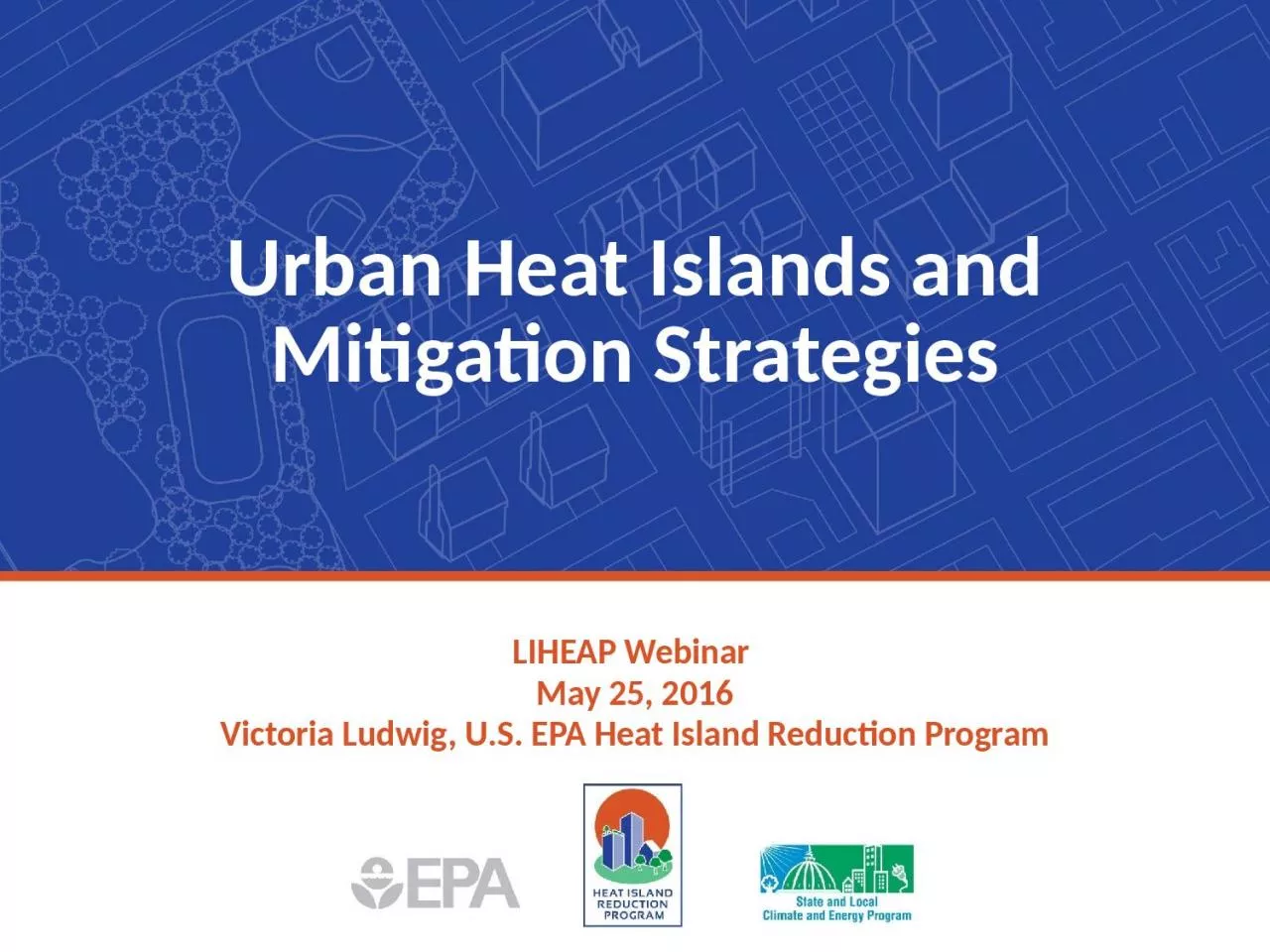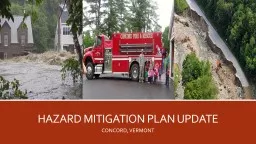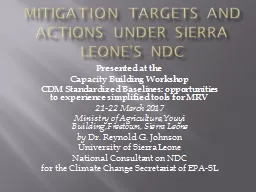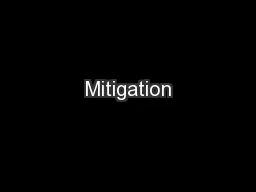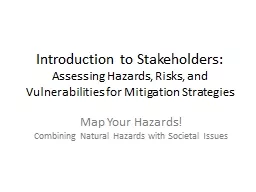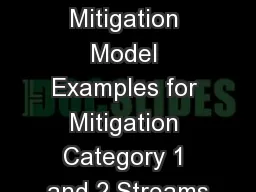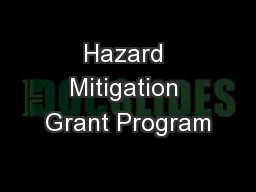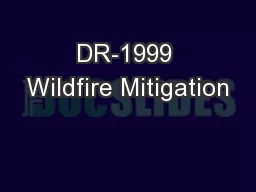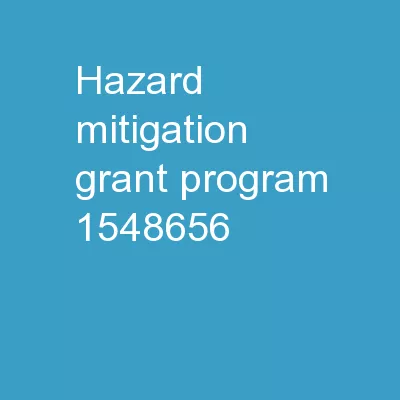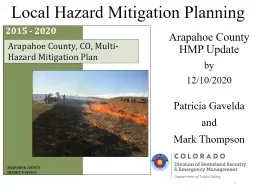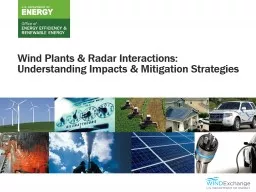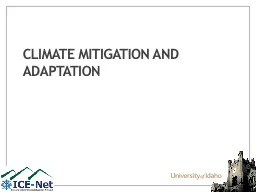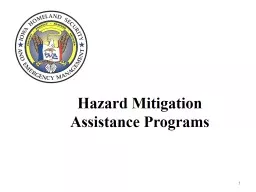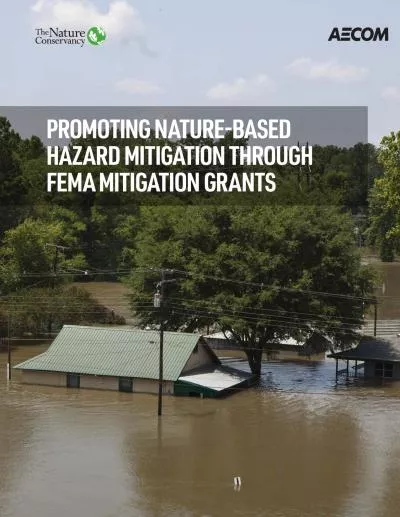PPT-Urban Heat Islands and Mitigation Strategies
Author : Extremejock | Published Date : 2022-07-28
LIHEAP Webinar May 25 2016 Victoria Ludwig U S EPA Heat Island Reduction Program Microscale temperature differences between urban and rural areas Urban areas
Presentation Embed Code
Download Presentation
Download Presentation The PPT/PDF document "Urban Heat Islands and Mitigation Strate..." is the property of its rightful owner. Permission is granted to download and print the materials on this website for personal, non-commercial use only, and to display it on your personal computer provided you do not modify the materials and that you retain all copyright notices contained in the materials. By downloading content from our website, you accept the terms of this agreement.
Urban Heat Islands and Mitigation Strategies: Transcript
Download Rules Of Document
"Urban Heat Islands and Mitigation Strategies"The content belongs to its owner. You may download and print it for personal use, without modification, and keep all copyright notices. By downloading, you agree to these terms.
Related Documents

